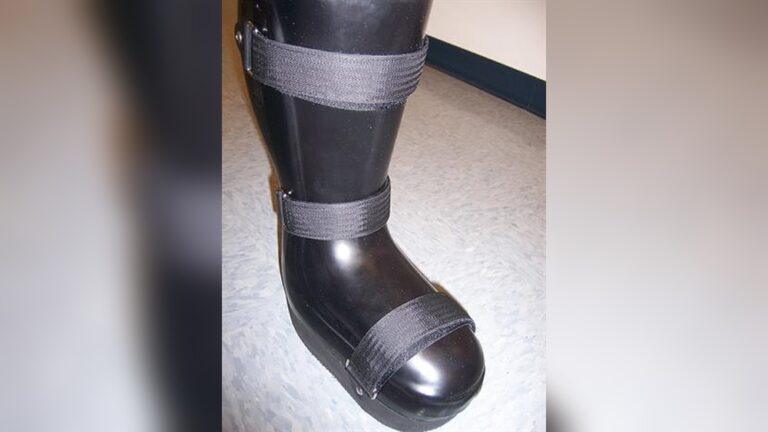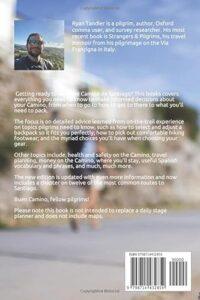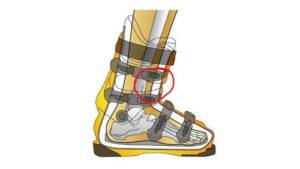If you’ve just been fitted with a CROW boot, you might be wondering how to walk comfortably and safely while wearing it. Walking in a CROW boot isn’t the same as walking in regular shoes—it requires a bit of practice and the right technique to protect your foot and speed up your recovery.
In this guide, you’ll learn simple, effective tips to help you move confidently without putting extra strain on your injury. Keep reading, and you’ll discover how to make your steps steady, comfortable, and pain-free every time you put on your CROW boot.
Crow Boot Basics
The CROW boot is a special device designed to protect and support the foot. It helps people heal from serious foot problems. Understanding its basics makes walking easier and safer. This section explains the key points about the CROW boot.
Learning about its design, when doctors use it, and what it is made of helps users feel more confident. Let’s explore these important details.
Design And Purpose
The CROW boot has a unique design. It looks like a large, hard shell that covers the foot and lower leg. It holds the foot very still to stop harmful movement.
Its main purpose is to protect the foot from injury or to help heal broken bones and ulcers. The boot spreads weight evenly to avoid pressure points. This helps prevent new wounds from forming.
When It’s Prescribed
Doctors often prescribe the CROW boot for people with severe foot conditions. It is common for patients with diabetic foot ulcers or Charcot foot. These conditions cause weak bones and skin problems.
The boot supports the foot during healing. It also helps after surgery or serious injuries. Wearing the CROW boot reduces pain and helps avoid further damage.
Materials And Structure
The CROW boot is made from strong, lightweight materials. The outer shell uses plastic or fiberglass to protect the foot. Inside, soft foam cushions the skin and bones.
Two main parts cover the front and back of the foot. They connect with adjustable straps, often made of Velcro. This allows for a secure fit and easy removal.
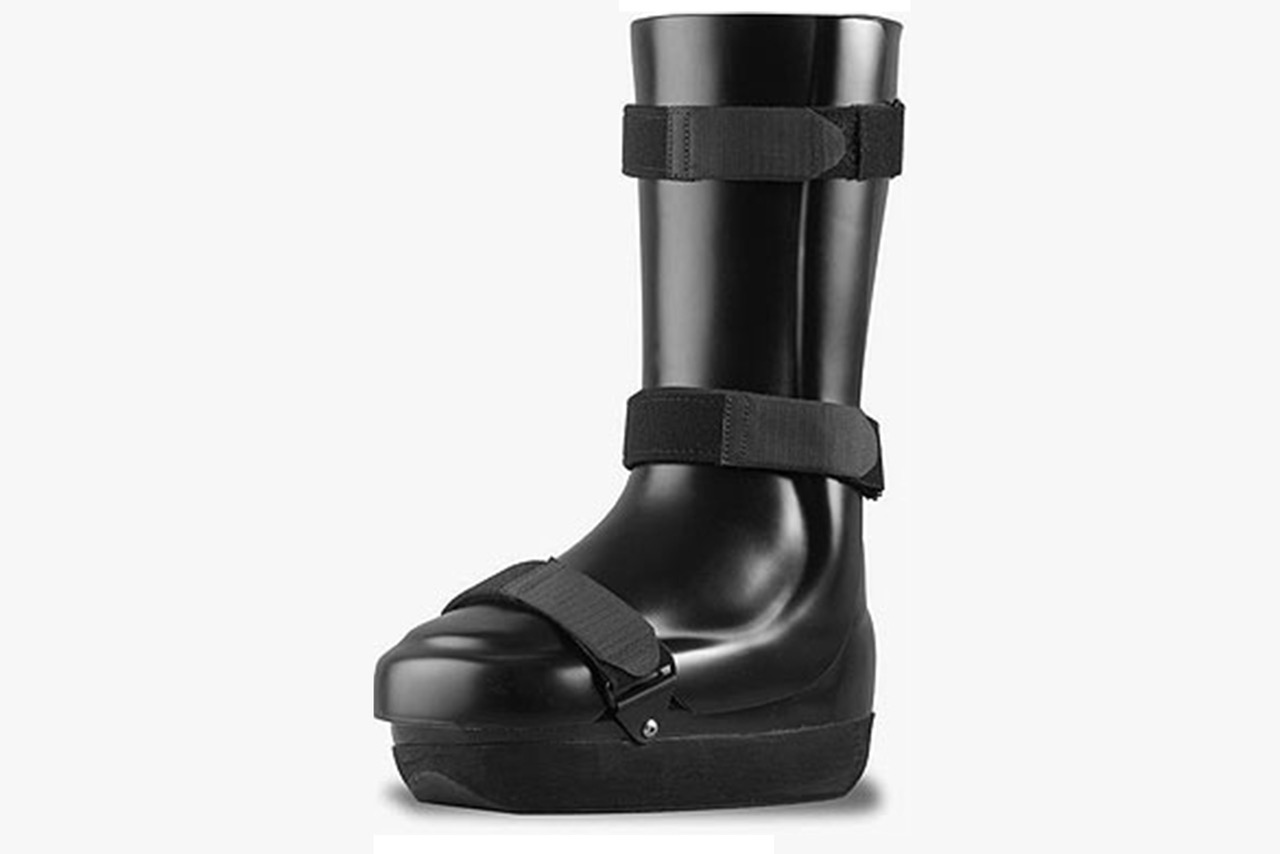
Credit: orthoticsplus.com.au
Preparing To Walk
Preparing to walk in a CROW boot requires attention to detail. This stage sets the foundation for safe and comfortable movement. Each step depends on how well the boot fits and how secure it feels. Taking time to prepare reduces risks of slipping or injury. Follow simple guidelines to get ready for walking.
Proper Fit And Adjustment
The CROW boot must fit snugly but not too tight. A proper fit prevents unwanted movement inside the boot. Adjust the inner padding to cushion your foot well. Check that your heel stays in place. The boot should feel stable without causing pain. Try standing and shifting weight to test comfort before walking.
Using Shoe Lifts For Balance
Shoe lifts help balance the height difference between the boot and your other foot. This keeps your hips and back aligned. Place the lift inside your normal shoe to match the boot’s height. A balanced posture reduces strain on muscles and joints. Ask your doctor or therapist about the right lift size for you.
Securing The Straps
Fasten the straps firmly to hold the boot in place. Start from the bottom and work upward. Each strap should be tight enough to prevent slipping but not restrict blood flow. Double-check all straps before standing up. Secure straps improve stability and make walking safer. Replace worn straps as needed for best support.
Walking Technique
Walking in a CROW boot requires a special technique to protect your foot and stay balanced. This boot is designed to support healing, so using the right walking method helps reduce pain and avoid further injury. Focus on smooth, controlled movements and proper body posture. This section explains key tips to walk safely and comfortably.
Heel-to-toe Motion
Start each step by placing your heel down first. Let the curved sole of the CROW boot roll your foot forward naturally. Move your weight from heel to toe smoothly. This motion helps reduce pressure on your injured foot and makes walking easier. Avoid landing flat or on your toes first, as it can cause discomfort.
Short And Controlled Steps
Take smaller steps than usual. Large or fast steps can cause instability and increase pain. Walk at a steady pace with controlled movements. Short steps help you keep balance and reduce strain on your foot. Focus on steady, even pressure with each step.
Body Alignment Tips
Stand tall with your shoulders aligned over your hips. Keep your injured foot and knee facing straight ahead. Avoid turning or twisting your leg while walking. Good posture prevents extra stress on your foot and helps you walk more naturally. Maintain a level foot to keep the boot stable during movement.
Maintaining Stability
Maintaining stability while walking in a CROW boot is essential for safety and healing. The boot supports your foot but demands careful balance. Small adjustments in your body can improve steadiness and reduce the risk of falls.
Simple techniques help you stay steady. Focus on how your body moves and use tools designed to assist you. Awareness of your environment also plays a key role in preventing slips or trips.
Engaging Core Muscles
Your core muscles stabilize your whole body when walking. Tighten your stomach and lower back muscles gently. This action supports your spine and improves balance.
Strong core muscles help control your upper body movements. They reduce wobbling and keep you upright. Practice standing tall and drawing your belly button toward your spine for better control.
Using Mobility Aids
Mobility aids like crutches or walkers add extra support. They help distribute your weight evenly and reduce pressure on the injured foot. Use them as instructed by your doctor or therapist.
Choose an aid that fits your height and strength. Practice walking slowly with the aid before moving to faster steps. This builds confidence and improves safety.
Watching Your Surroundings
Look out for uneven surfaces, wet floors, or obstacles. These can cause you to lose balance easily. Walking slowly and scanning the path ahead helps you avoid hazards.
Good lighting also improves your ability to see where you step. Take extra care on stairs or ramps. Planning your route can prevent accidents and keep you steady.
Managing Comfort And Safety
Managing comfort and safety is crucial when walking in a CROW boot. This boot supports healing but can feel heavy or awkward at first. Proper care helps reduce pain and prevent further injury. Focus on how your body feels and adjust your movements carefully. Using the boot correctly improves your walking experience and speeds recovery.
Recognizing Pain And Adjusting Weight
Pain signals that something is wrong. Notice any sharp or persistent pain while walking. Shift your weight gently to reduce pressure on sore areas. Avoid putting too much weight on the injured foot early on. Use crutches or a walker if recommended. Listen to your body and rest as needed.
Avoiding Twisting And Strain
Keep your foot and knee pointing straight ahead. Twisting can cause new injuries or delay healing. Walk with small, controlled steps to maintain balance. Avoid sudden turns or quick movements. Keep your body aligned to prevent strain on muscles and joints. This careful approach protects your foot and leg.
Tips For Longer Walks
Take breaks often during long walks. Remove the boot only if your doctor approves. Wear comfortable socks to prevent rubbing and blisters. Use padding inside the boot if you feel pressure points. Stay hydrated and keep your pace steady. Plan your route to avoid rough or uneven surfaces.
Common Challenges
Walking in a CROW boot brings unique challenges. This special boot supports healing but feels different from regular shoes. Adapting to its size and weight requires patience. Some common difficulties affect balance, comfort, and endurance. Understanding these challenges helps improve your walking experience. Here are key issues many face and ways to manage them.
Dealing With Uneven Surfaces
Uneven ground can make walking tricky in a CROW boot. The boot’s rigid sole limits foot flexibility. This reduces your ability to adjust to bumps or dips. Take slow, careful steps to maintain balance. Look ahead to spot rough patches early. Use a cane or crutch if needed for extra support. Avoid loose gravel, grass, or slippery leaves. These surfaces increase the risk of twisting your ankle or falling.
Preventing Slips And Falls
The bulky shape of the CROW boot changes your walking pattern. This can lead to slips if you are not cautious. Check the boot’s sole for good tread before walking outside. Wet or oily floors can become dangerous. Walk slowly and place your foot flat on the ground. Keep your weight centered over the boot. Using handrails or walking aids adds stability indoors. Always wear non-slip socks if wearing the boot inside your home.
Handling Fatigue
The CROW boot is heavier than normal footwear. This extra weight tires your leg muscles faster. Fatigue can cause poor posture and unsteady steps. Take regular breaks while walking. Sit down to rest if your leg feels weak or sore. Stretch gently to ease muscle tightness. Gradually increase your walking time as your strength returns. Listen to your body and avoid overexertion. Strong muscles and good endurance improve your walking safety.
Care And Maintenance
Proper care and maintenance of a CROW boot help ensure its effectiveness and longevity. Keeping the boot clean and checking it regularly prevents complications. Regular attention also supports healing and comfort during use.
Cleaning The Boot
Remove dirt and debris from the boot daily. Use a damp cloth with mild soap to wipe the outer shell. Avoid soaking the boot or using harsh chemicals. Let it air dry completely before wearing it again. Clean the straps and inner padding gently to keep them fresh.
Checking For Wear
Inspect the boot for signs of damage every day. Look for cracks in the shell or worn-out straps. Check the padding for compression or tears. Notice any changes in how the boot fits or feels. Early detection of wear helps avoid injury and discomfort.
When To Seek Professional Help
Contact your healthcare provider if the boot shows serious damage. Seek help if you feel increased pain or skin irritation. Do not try to fix major problems by yourself. Professionals can adjust or repair the boot safely. Timely care prevents further injury and supports healing.
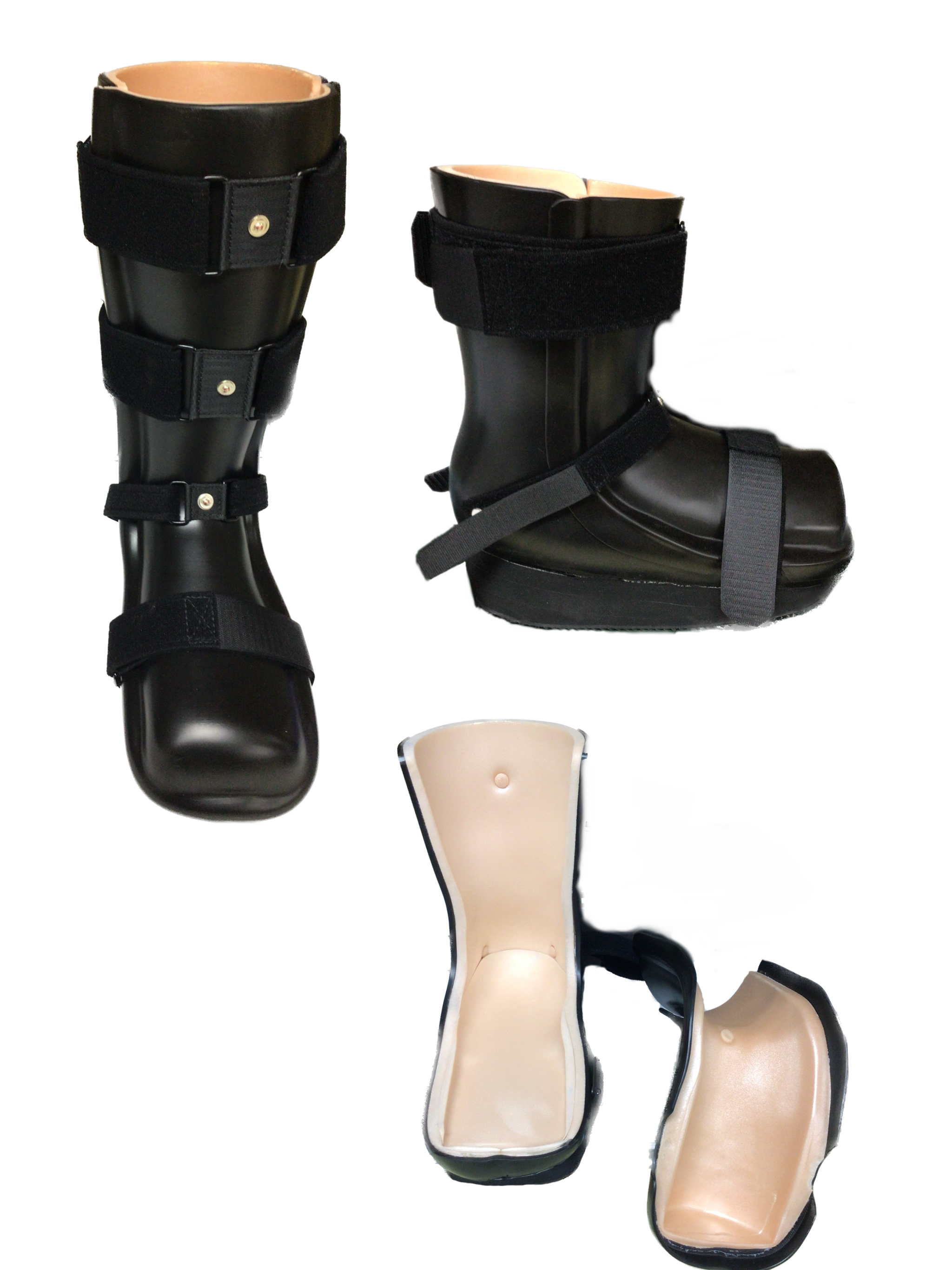
Credit: www.wcbl.com

Credit: orthoticsplus.com.au
Frequently Asked Questions
Can You Walk In A Crow Boot?
Yes, you can walk in a CROW boot. It offers sturdy support and protects bones while allowing controlled, stable steps. Use a heel-to-toe motion and keep your foot aligned to maintain balance and prevent further injury.
What Is The Proper Way To Walk In A Walking Boot?
Walk using a heel-to-toe motion, letting the boot’s rocker sole guide each step. Keep your body upright and knees straight. Take short, controlled strides and secure all straps tightly. Use a shoe lift on the uninjured foot for balance. Use mobility aids if recommended.
How Long To Wear A Crow Boot?
Wear a CROW boot as directed by your doctor, typically for 6 to 12 weeks. Follow medical advice for healing progress.
Is A Crow Boot Heavy?
A CROW boot is moderately heavy due to its rigid plastic or fiberglass shell. It provides strong support but may feel bulky during use.
Conclusion
Walking in a CROW boot takes practice and patience. Follow the heel-to-toe motion to ease pressure on your foot. Keep your steps slow and controlled for better balance. Stand straight and point your feet forward to avoid strain. Using a shoe lift on the other foot can help keep your hips level.
Always fasten the straps snugly to secure the boot. With time, walking will feel more natural and comfortable. Stay consistent and listen to your body’s signals during recovery.

